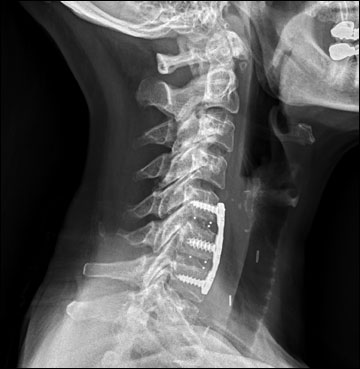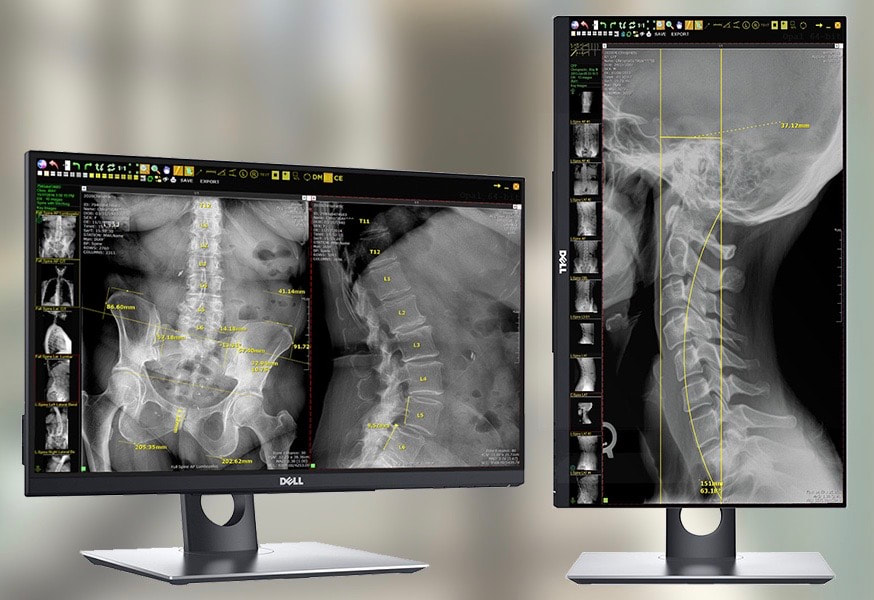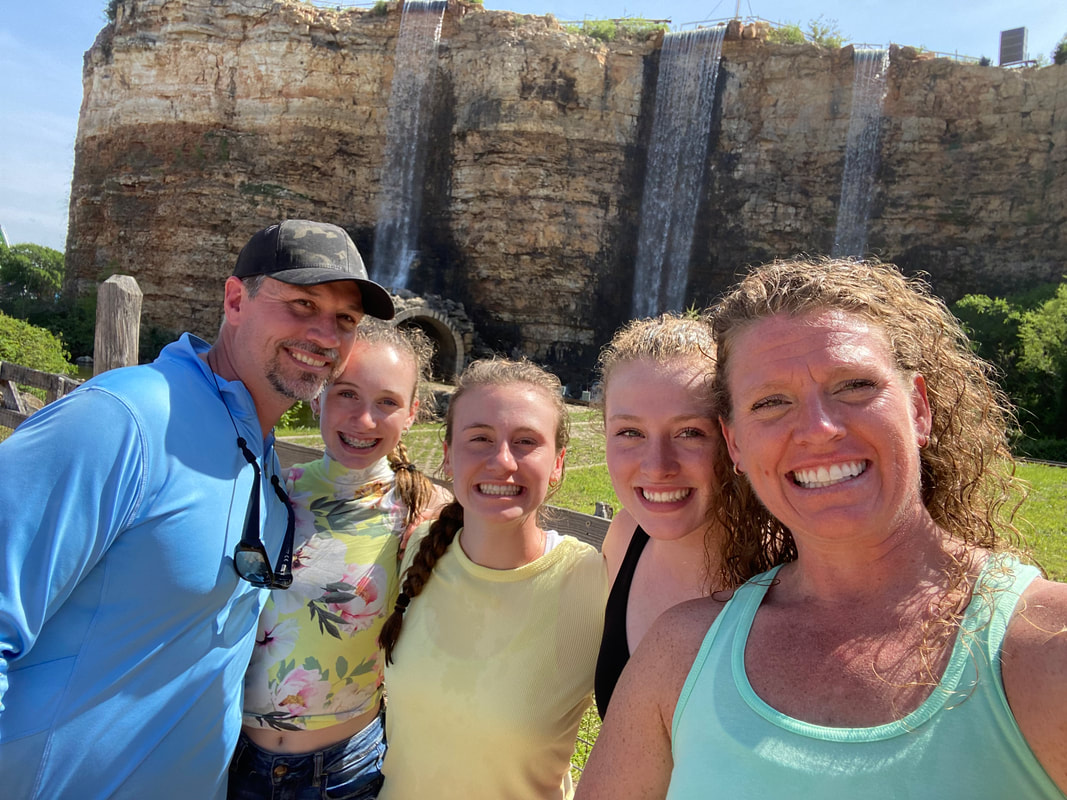Neck Problems
|
Get back to doing the things you love without surgery.
|
|
If getting surgery on your spine sounds intimidating, know that you’re not alone in feeling that way. Spinal fusion surgery sounds scary to most people, inviting questions you’d rather not think about: How long does it take? How long will my recovery time be? Are there risk factors or complications with spinal fusion? What does the procedure look like? How can I feel confident that I’m in the right hands? Maybe most of all: Is there any other way?
|
At Northern Michigan Spine, Michigan’s leading clinic, we believe there is another way. We know that spinal fusion surgery can sound scary, and we don’t believe it’s right for all patients. If you are considering spinal fusion after your doctor’s recommendation, here are five things you need to know about the spinal fusion process, as well as the alternative to spinal fusion we believe could save you from having to undergo surgery at all:
|




